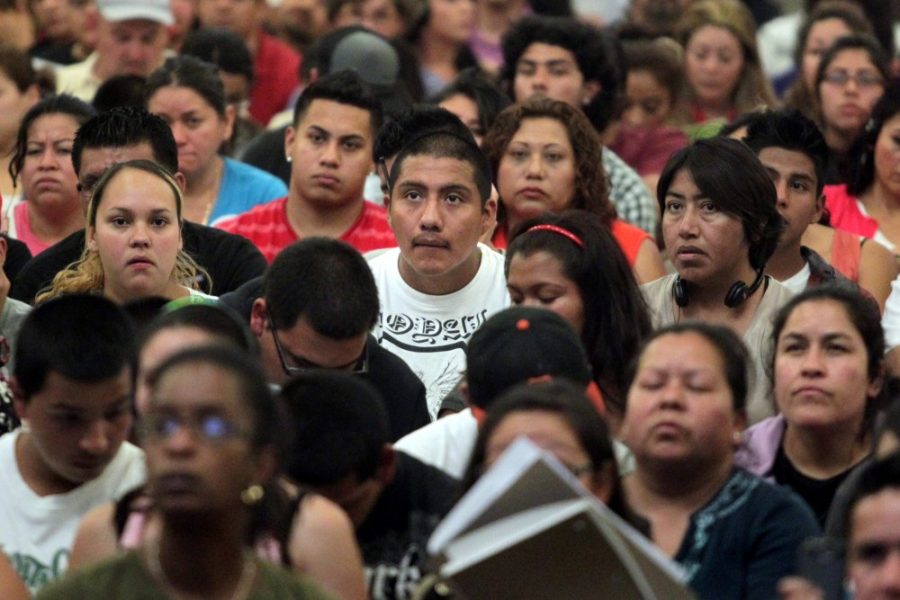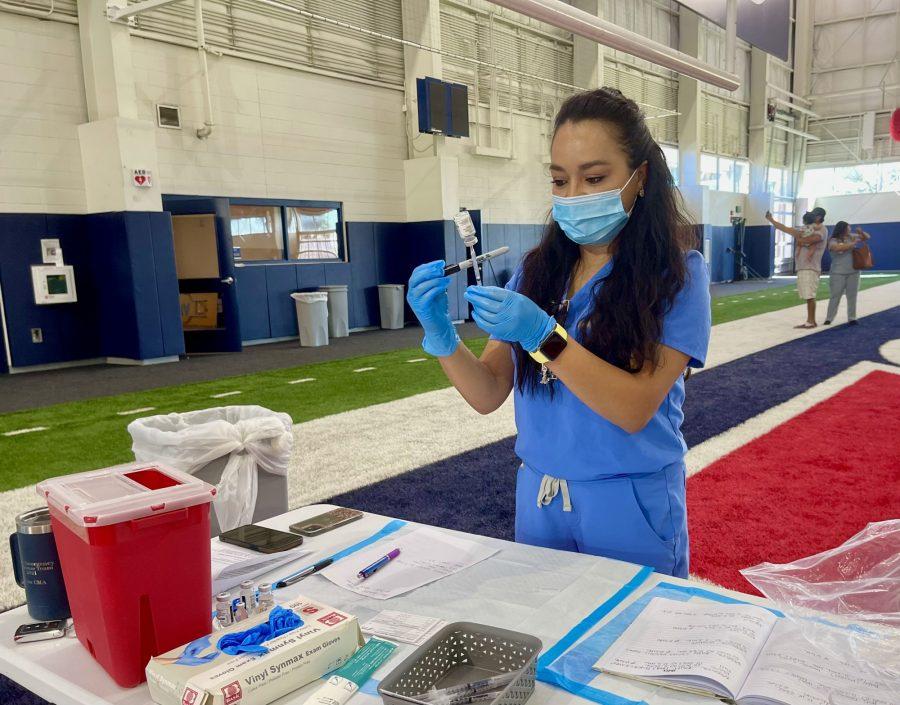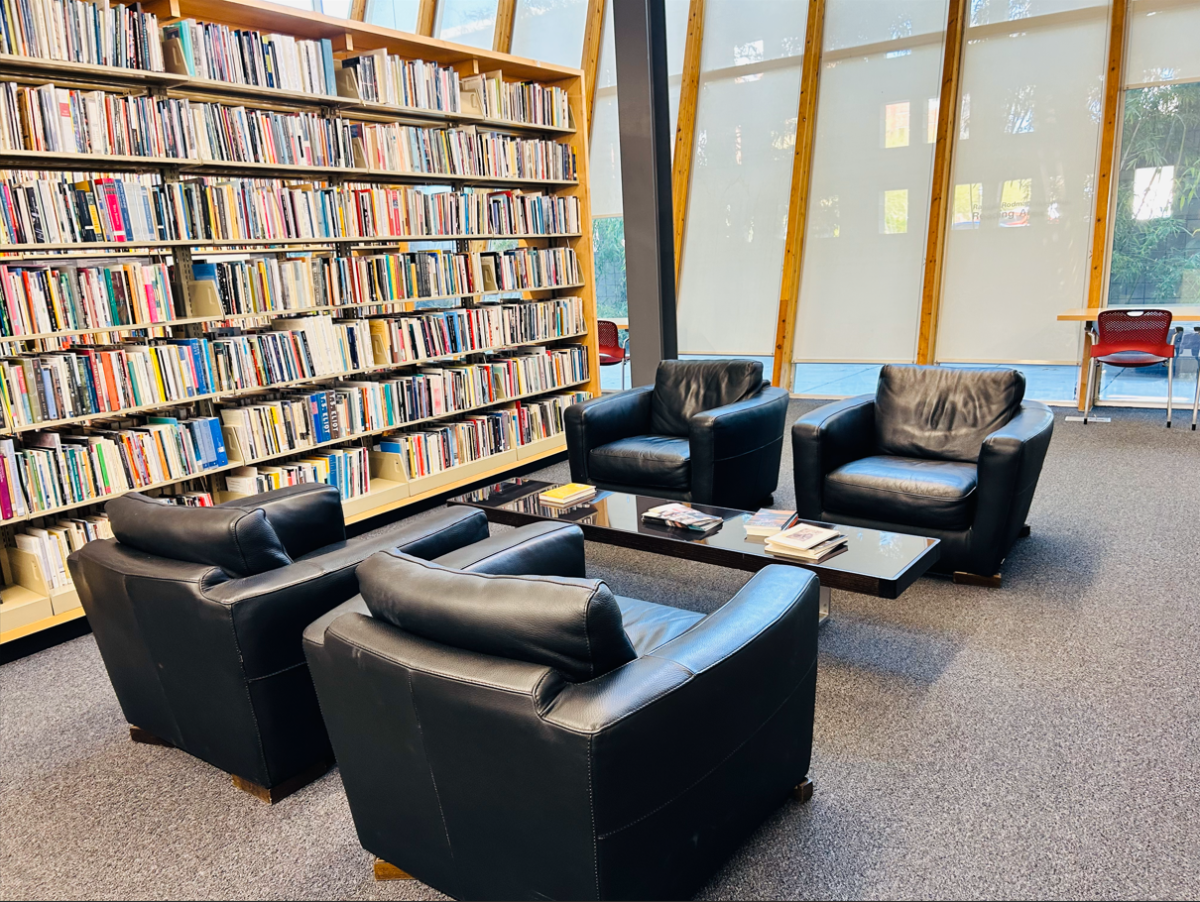WALNUT CREEK, Calif. — As the fall semester begins, thousands of Bay Area high school students now have another reason to graduate, and thousands of young adults have a reason to return to school.
Proof of being in school or having graduated from high school could be a shield against deportation and the key to jobs for an estimated 1.76 million young illegal immigrants who came to the United States as children if they qualify for the federal “deferred action for childhood arrivals” program announced in June.
Educators hope the lure of protection against deportation and renewable work permits will kindle the academic aspirations of young immigrants.
That hope seems a reality in East Contra Costa County, where one educator said she saw a spike in July enrollments for GED and English as a Second Language programs.
“It’s just constant all day and evening,” said Debbie Norgaard, an adult education coordinator for the Liberty school district.
An estimated 20 percent of the young immigrants do not meet the education requirement — they have no high school diploma, no GED and are not in school — according to the Migration Policy Institute.
“Deferred action is going to be a motivation for everyone who didn’t finish high school,” said Luis Arroyo, an incoming University of California, Santa Cruz, student applying for the relief. “It’s going to motivate them to do something about it, go back to school, get their GED.”
Many of his friends told the Oakland 18-year-old this year that “they wanted to give up on graduating” because even if they did well, being here illegally offered little hope for future success.
“We tell our kids, ‘You have to have your high school diploma,’” said Vidal Gonzalez, who mentors Latino high school students in Oakland. “‘Now it’s up to you to buckle down and follow through because now you have an opportunity that you didn’t have a few months ago.’”
After President Barack Obama announced the policy June 15, thousands of Bay Area teenagers spent the summer ensuring they had everything needed to qualify.
Arroyo and his friends, all of whom ended up graduating just days before the policy announcement, were among about 1,200 young immigrants and their family members who crowded an East Oakland gymnasium Aug. 23 to hear expert advice on how to apply.
Hundreds more have gathered at similar workshops in Menlo Park, Oakley, Redwood City and across urban and rural Northern California from Salinas to Cloverdale, but it wasn’t until shortly before the Obama administration began taking applications Aug. 15 that it became clear the GED certificate would count for the education requirement.
Like the Liberty adult school, some other Bay Area campuses may also see increased interest in GED classes.
Other schools, such as the San Jose-Evergreen Community College District, expect less of an enrollment spike. Chancellor Rita Cepeda says most eligible students already have their high school diplomas and are enrolling in college classes, not GED courses.
The temporary federal reprieve is “a small step in the right direction” and one of several policies improving the prospects of students lacking legal status, she said.
More important, she said, is the California Dream Act passed last year. It gives illegal immigrant students access to need-based, state-funded scholarships in the fall and Cal Grants and other state financial aid next year.









